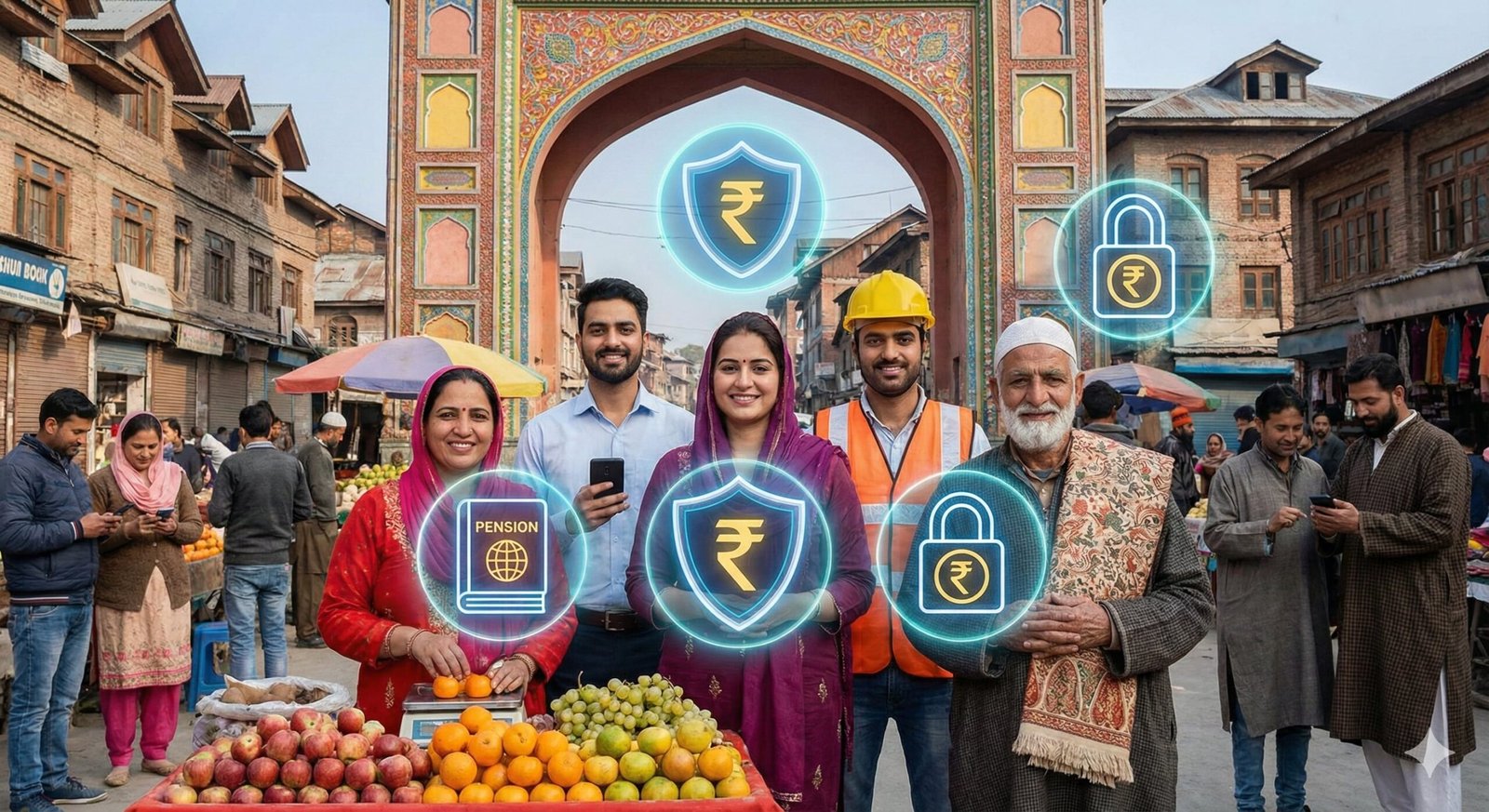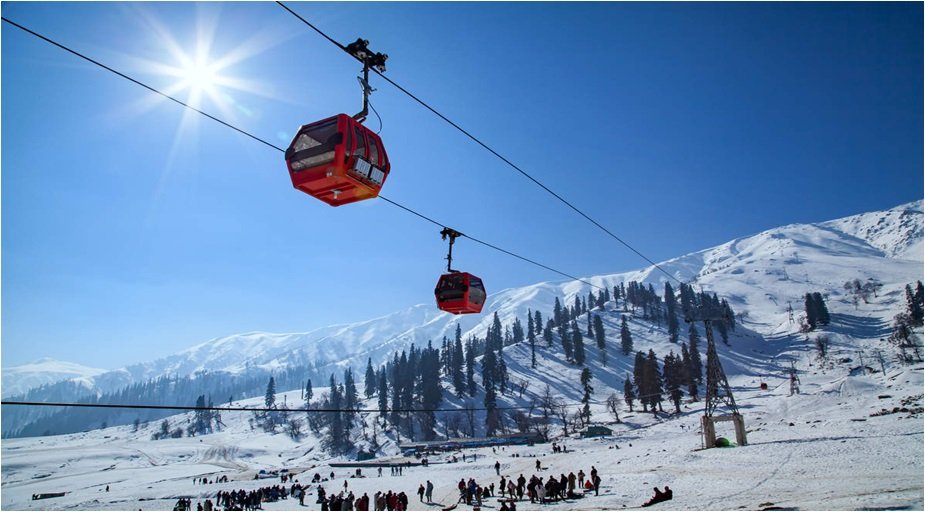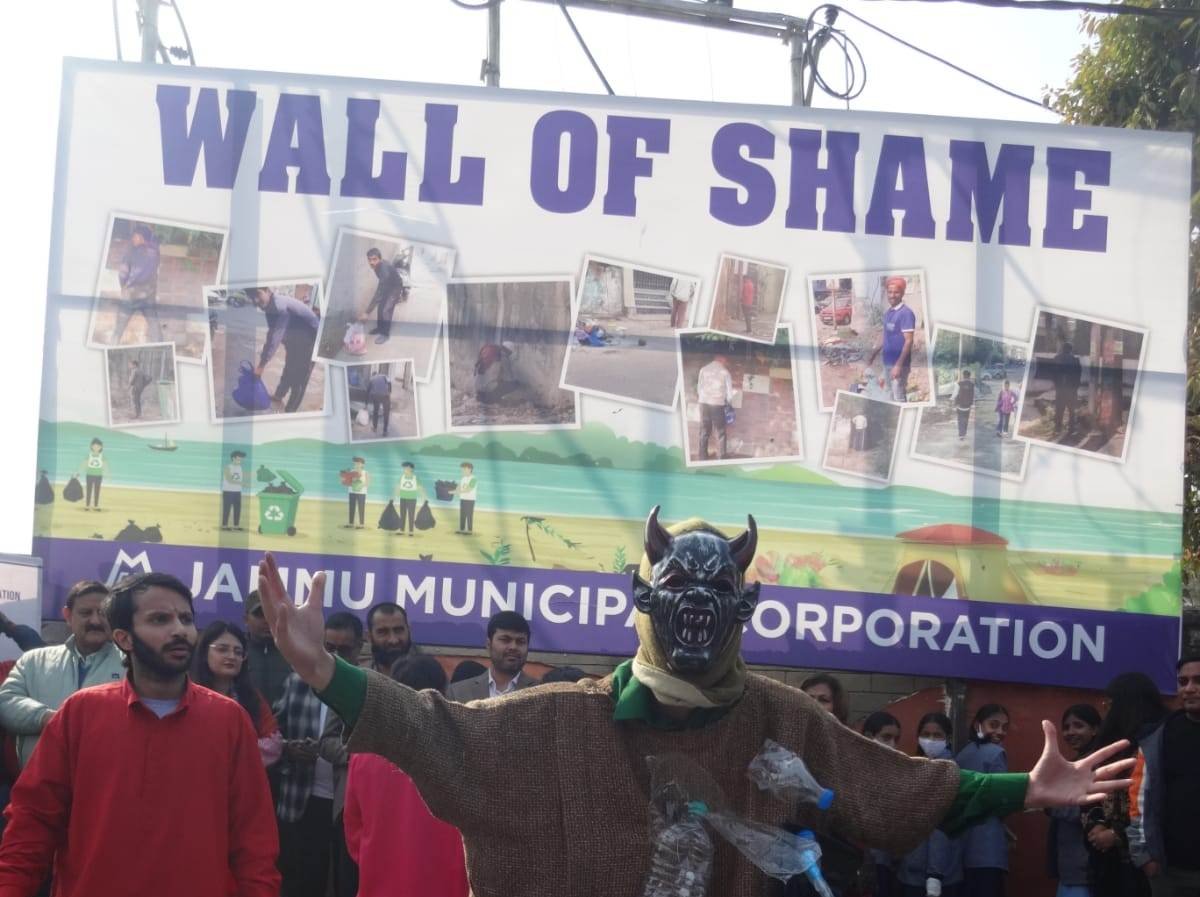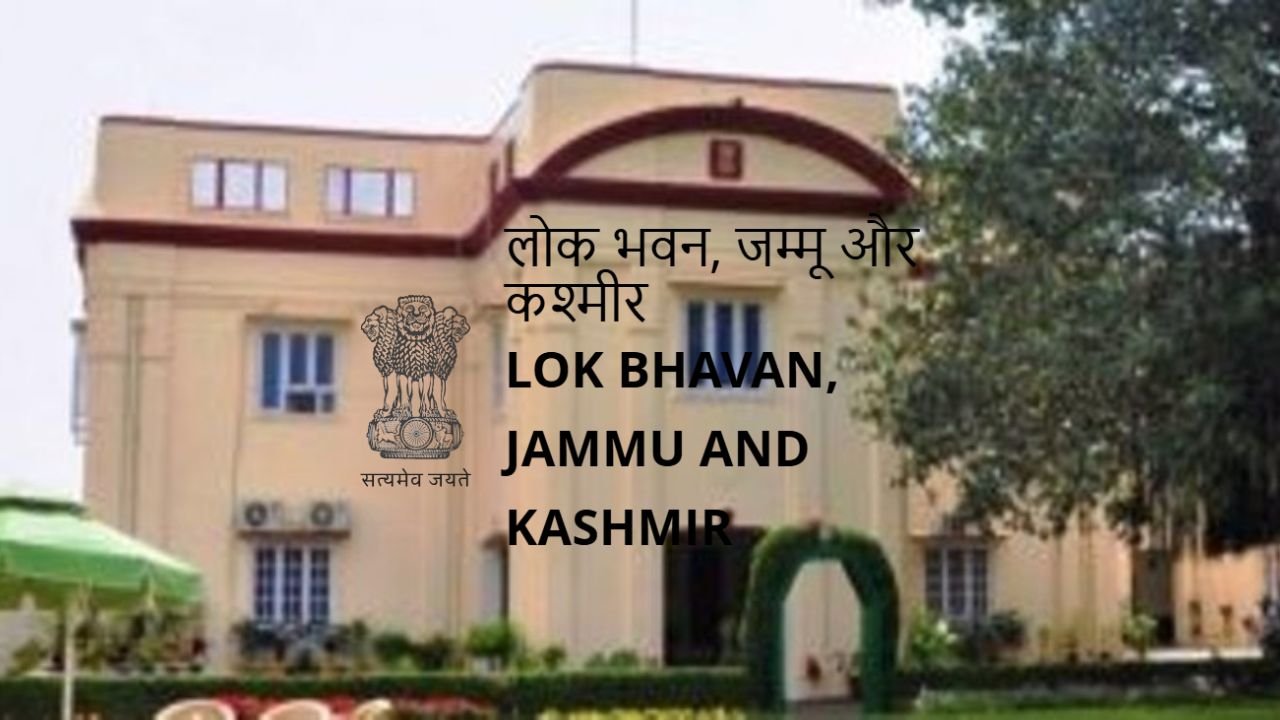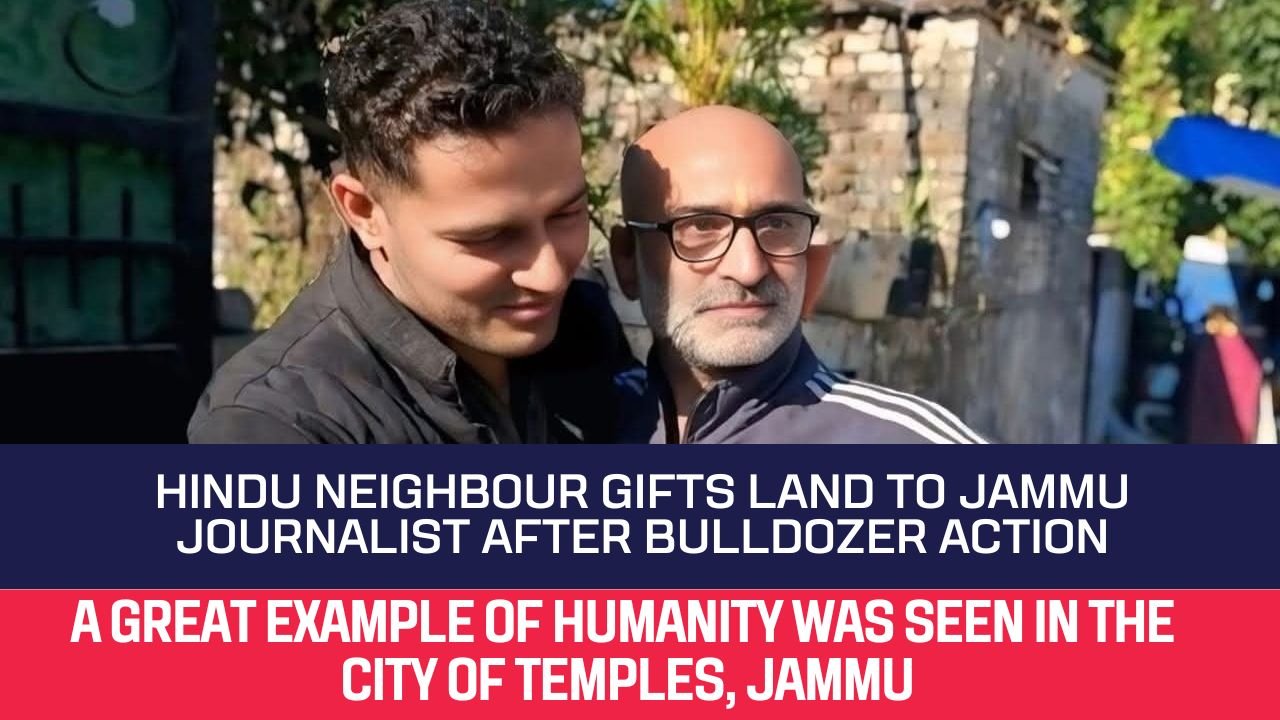Written By: Aj Raina
It’s a known fact in history, that in September of 1965 when Pakistan was on the verge of victory in Kashmir with the Cchamb offensive, a three pronged attack on Jammu Akhnoor and Pathankot to cut off Kashmir from the rest of India; one man stood up… Lt Gen Harbaksh Singh the Western Army Commander.
The towering Khalsa, took upon himself to break the defensive mindset, and went on the offensive… thus, for the second time in history after the Khalsa offensive by the legendary Sardar Hari Singh Nalwa against the Pathans in 19th century; the Indian Army went on the offensive… Lahore was attacked.
Since early days, Harbaksh was destined to always save India out of trouble. 13 Years of combat experience with his parent unit 5 SIKH, fighting the Japanese in WWII, Harbaksh had seen it all from capturing posts, to being ambushed, injured and taken as Prisoner of War. By 1947 Harbaksh a senior Military officer and brilliant battle hardened soldier had just completed Staff College at quetta and was ready to take on the higher echelons of the military. As a full Colonel, he was the Deputy Commander of the famous 161 Infantry Brigade in Uri in 1947. He had volunteered to command a unit in battle but was denied as he was a full Colonel (units were commanded by Lt Cols).
During the offensive by 1 SIKH the CO Lt Col Dewan Ranjit Rai got Killed in Action, Harbaksh Singh again volunteered and this time removed a star from his shoulders (for the first time in history an officer demoted himself to lead his men in battle). The battered battalion regrouped and fought like lions under Harbaksh to reclaim Farkian Gali and drove out Pakistanis from the valley.
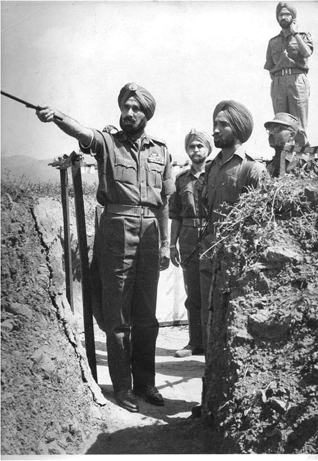 Harbaksh Singh was promoted as Brigadier in 1948. As the Commander of 163 Infantry brigade Harbaksh again conducted daring operations in Tithwal and captured Tithwal. He at the rank of Brigadier, was awarded Veer Chakra, the third highest gallantry award of India.
Harbaksh Singh was promoted as Brigadier in 1948. As the Commander of 163 Infantry brigade Harbaksh again conducted daring operations in Tithwal and captured Tithwal. He at the rank of Brigadier, was awarded Veer Chakra, the third highest gallantry award of India.
In September 1965, the Indian Army went on the offensive with Jalandhar based 11 Corps launched all of its infantry divisions (7th Inf Div, 15th Inf Div and 4th Inf Div) launched towards Lahore and Army HQ Reserve 1 Strike Corps with the elite 1 Armoured Division launched further North Towards Sialkot to not only thwart the Pakistani Juggernaut but also to crush Pakistan feeling of supremacy and regain the pride of the Indian Army licking its wounds from 62 China debacle. Bitter battles followed with both sides fighting even for an inch of land. The Indian Armoured Corps came into its own with destruction of Pakistani counterparts despite having inferior Sherman tanks as compared to the modren Patton Tanks of Pakistan. Legends were created on the battle field with units like 17 Poona Horse, 4 Horse, 3 Cavalry writing history in blood and gold. The infantryman went beyond the call of duty and beyond imagination to fight with tanks, the likes of Abdul Hamid showed the true colour of the sons of the soil. India regained its pride as not only Pakistani offensives were crushed, but Indians were now ready to capture Lahore. Pakistan however launched another offensive this time towards south Punjab in Ferozpore sector. In Hussainiwala, Pakistan cracked up Indian defences and a crisis developed. The Army Chief Gen JN Choudhary ordered 11 Corps, which was in offensive to withdraw and take defensive positions. Lt Gen Harbaksh Singh Western Army Commander refused, defied the Army Chief and instead ordered GOC 11 Corps to attack, thereby saving Punjab and India from a certain defeat.
Read also: Get Inspired by Indian Army Veteran Major Qabla Singh from Gurha Slathia
Meanwhile in Kashmir, during the progress of operations history was in the making. The Operation Gibralter combined with the Pakistani offensive in Jammu, initially had succeeded due to the surprise and speed. It was a precarious situation as Poonch was threatened. The only possible way to recapture territory and save poonch was to go behind the enemy lines and destroy his flanks. Pakistanis knew India would loose Kashmir if the old road to valley from Poonch was lost. Doom prevailed on the horizon of the future of an integrated India. At this time a miracle happened. It is often said that the outlaws create history, same thing happened when Maj Megh Singh of the 3RD BATTALION BRIGADE OF THE GUARDS, a superseded officer who had been denied promotion, volunteered to the Western Army Commander to carry out commando raids behind the enemy lines. A preposterous idea given the time and situation and with no resources at hand. India had no commando units. Nor were there any plans to raise any. Gen Harbaksh listened patiently, and asked Megh Singh, “Son if you succeed in this, I will put that star on your shoulder with my own hands.” And without the govt’s approval, Harbaksh gave a nod to raise this force. Maj Megh Singh organised a force of volunteer dare devils personally chosen by him, A few Good Men. This force, known as the ‘MEGHDOOT FORCE’ after Megh Singh, the forgotten men not even recognised by the govt of the day, formed the nucleus of the first special forces unit in India. Thus was born the elite 9 PARA COMMANDO or the 9th BATTALION THE PARACHUTE REGIMENT SPECIAL FORCES.
Maj Megh Singh proved his mettle and carried out not one but three of the most outstanding and daring raids and link ups ever in history of warfare. His raids took Pakistanis completely off the guard as nothing this spectacular was ever expected by them from the Indians. Today Poonch stands with India courtesy Megh Singh. Maj Megh Singh the outlawed man facing court martial charges before the raids, came back home with a bullet in his thigh and was pipped Lt Col by Gen Harbaksh Singh himself and became the first CO of 9 PARA.
 By the time ceasefire was declared on 23 Sep 65, the Indian army had not only recovered from the initial losses, but instead captured large chunks of vital Pakistani territory in North Punjab. War as a whole was a stalemate but the Indian army was able to thwart the Pakistani intentions of capturing Kashmir with force, their Operation Gibralter proved to be an utter failure.Truly Harbaksh was the saviour of Kashmir, Punjab and that of the honour of India.
By the time ceasefire was declared on 23 Sep 65, the Indian army had not only recovered from the initial losses, but instead captured large chunks of vital Pakistani territory in North Punjab. War as a whole was a stalemate but the Indian army was able to thwart the Pakistani intentions of capturing Kashmir with force, their Operation Gibralter proved to be an utter failure.Truly Harbaksh was the saviour of Kashmir, Punjab and that of the honour of India.
For saving India, Lt Gen Harbaksh Singh was awarded with Padma Vibhushan and Padma Bhushan both the second and the third highest honours in the country. For inconspicuous bravery in the face of the enemy and outstanding leadership under fire Lt Col Megh Singh was awarded with Veer Chakra.
Today the Indian Parachute Regiment and Special Forces are considered amongst the best in the world including the British SAS, US Special Forces, Navy SEALs and Israeli Sayeret Matkal and Flotila 13. Few outlaws, few good men started a tradition of valour and sacrifice. The saga continues till date with Parachute Regiment being the most decorated regiment in the world despite it being only raised in WWII and despite it competing amongst the best of the best who have been there for centuries. The Maroon Berets are truly a different breed, and it all started with one man who said, “Who dares wins”.
This post is dedicated to Lt Gen Harbaksh Singh Padma Vibhushan, VrC, Padma Bhushan GOC-in-C Western Command 1965 and Lt Col Megh Singh Rathore VrC CO 9 PARA CDO BN….. True legends
I hope a war movie is made on these raids on Poonch.
PS:- For all those who are sharing this post.
The idea is to highlight a military personality, I deliberately combined two personalities, to negate the efforts of giving it a religious colour by certain kind of people who might portray Gen Harbaksh’s prowess as something related to his religious believes, which certainly is not the case. This post is not a “Sikh” praise post. It is a post on two brilliant military commanders.
A man’s ability has nothing to do with religion. and this post is equally for Lt Col Megh Singh Rathore and I want it to be that way if anyone shares this post.






